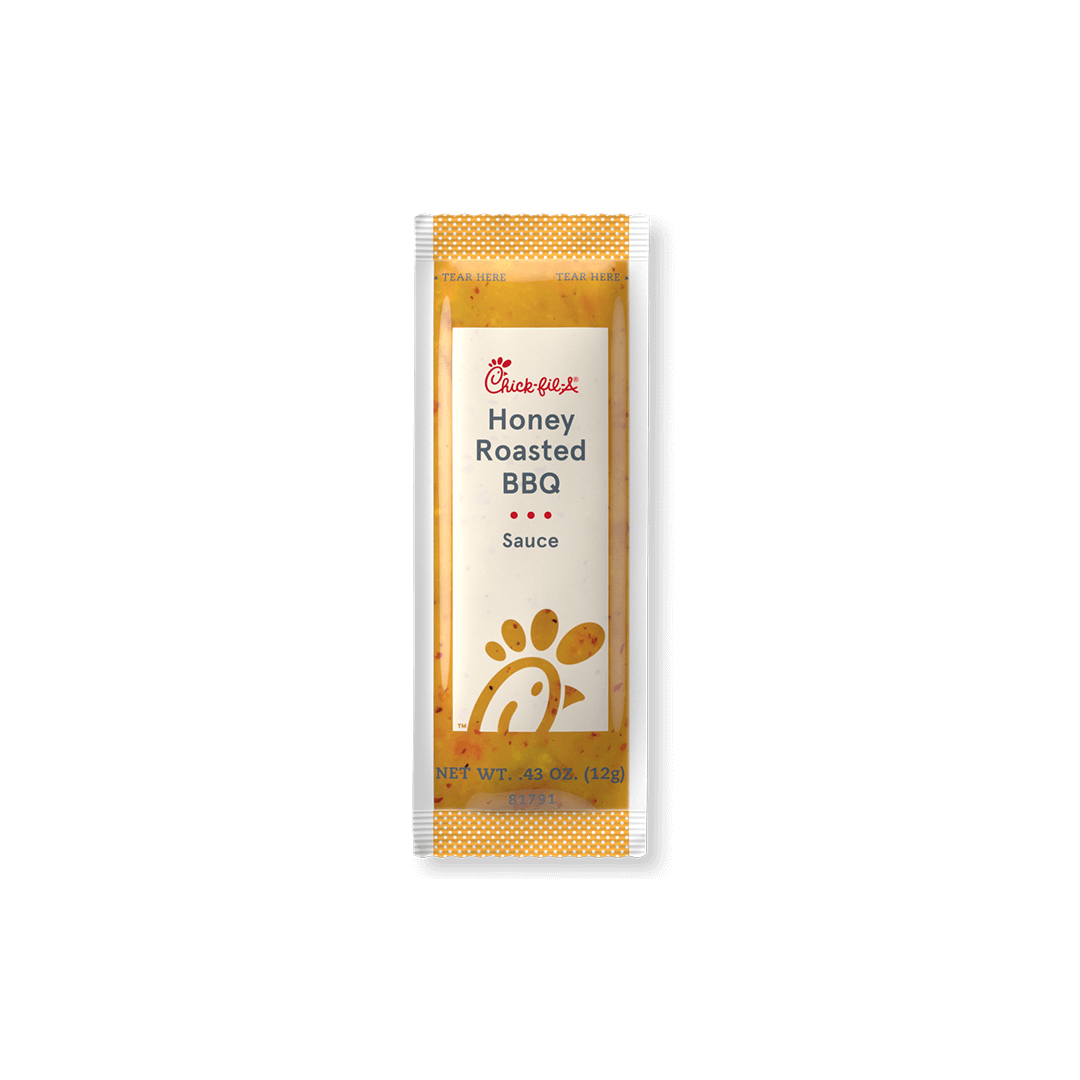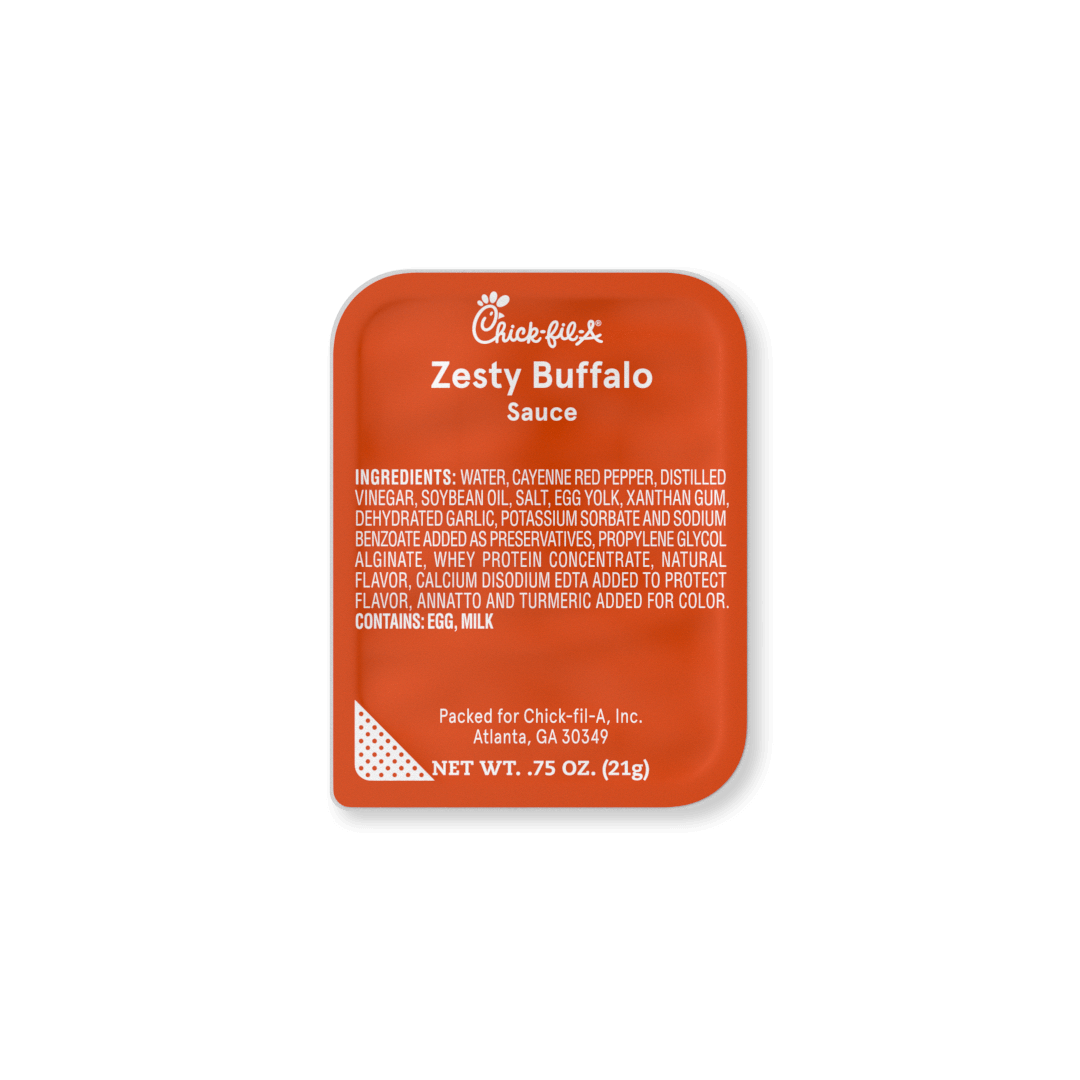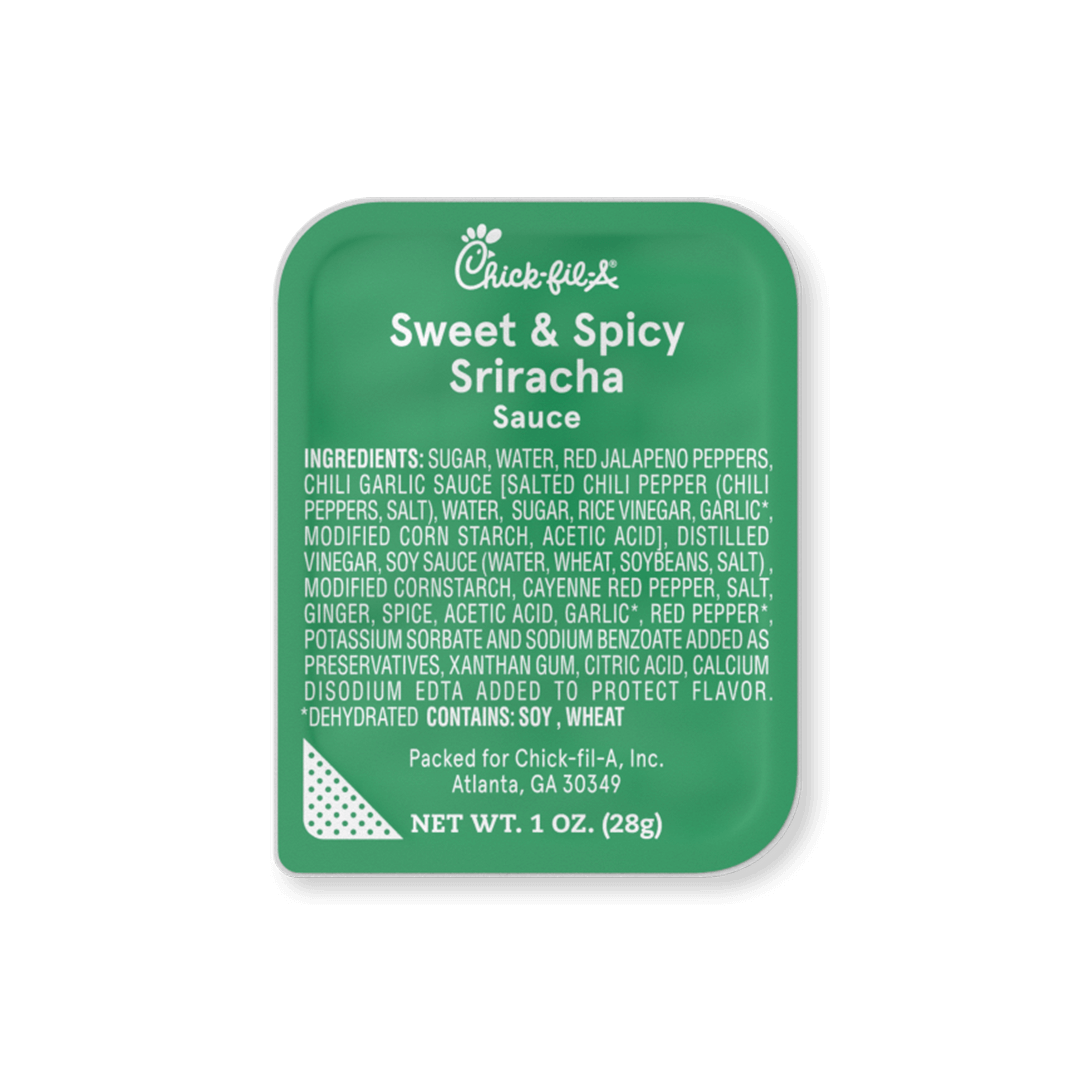Ever found yourself munching on chicken nuggets and suddenly wondering, “Wait, how many of these little golden chunks actually come from one chicken?” I know I have! This question has probably crossed the minds of many nugget enthusiasts during a late-night fast food run or while grabbing a quick bite with the kids. Let’s dive into this crispy, meaty mystery and get some answers!
The Short Answer: Nugget Yield From A Single Chicken
If you’re in a hurry and just want the quick facts, here you go:
A typical broiler chicken yields approximately 20-25 standard-sized nuggets.
However, when we look at different sources and consider various factors, this number can range quite a bit:
- Commercial processing: 40-60 nuggets per chicken
- Enhanced commercial production: 80-100 nuggets per chicken
- Some organic farms claim: Up to 120 nuggets per bird
But wait! Before you picture a whole chicken being transformed into identical little nuggets, there’s much more to this story…
From Cluck to Chunk: Understanding Chicken Nugget Production
Chicken nuggets don’t just magically appear in those cardboard boxes The journey from farm to your plate involves several steps and considerations
The Chicken Behind Your Nuggets
The modern broiler chicken (typically Cornish Cross breed) has been specifically bred for meat production These birds grow quickly and have substantial breast meat – perfect for nugget production!
An average broiler chicken produces about 3-4 pounds of boneless, skinless meat that can be used for nuggets. This is primarily from the breast, though thigh meat is often incorporated too.
The Nugget Equation: Factors That Affect Yield
The number of nuggets you can get from a single chicken depends on several factors:
-
Chicken Size and Breed: Larger broilers yield more nuggets than smaller ones or egg-laying breeds.
-
Nugget Size: This is a big one! A standard commercial nugget weighs approximately 0.25-0.3 ounces (7-8 grams). Larger nuggets mean fewer per chicken.
-
Processing Efficiency: Modern commercial processing is highly efficient at separating meat from bone and maximizing yield.
-
Meat Selection: Most quality nuggets use primarily breast meat, but some manufacturers incorporate thigh meat for flavor and moisture.
-
Fillers and Additives: Commercial producers often add ingredients like breadcrumbs, seasonings, and binders. While these don’t increase the chicken content, they do increase the total nugget volume.
What Parts of the Chicken Actually Go Into Nuggets?
Despite what some internet rumors might suggest, reputable chicken nuggets are made from identifiable chicken parts:
Primary Nugget Sources:
- Breast Meat: The pectoral muscles provide the majority of the meat. These are large, lean, and tender – perfect for nuggets.
- Thigh Meat: Often added for flavor and moisture content.
- Tenderloin: The pectoralis minor muscle (the smaller muscle under the breast) is sometimes used.
It’s worth noting that chicken tenders are different from nuggets. Tenders are made specifically from the pectoralis minor muscle, while nuggets are typically ground meat that’s formed into shapes.
Commercial Nugget Production: More Than Just Chicken
When you buy a box of frozen nuggets or order them at a restaurant, they’re not just pure chicken. The manufacturing process involves:
- Deboning: Separating meat from bones.
- Grinding: Processing the meat into a more uniform consistency.
- Mixing: Adding seasonings, binders, and sometimes other ingredients.
- Forming: Shaping the mixture into recognizable nugget shapes.
- Breading: Adding the crispy outer coating.
- Cooking: Partially or fully cooking the nuggets.
- Freezing: Preserving them for distribution.
The Math: Breaking Down Nugget Yield
Let’s do some chicken nugget math:
- Average boneless meat yield from a broiler chicken: 3-4 pounds (1,360-1,814 grams)
- Standard nugget weight: 0.25-0.3 ounces (7-8 grams)
- Simple division: 1,360 ÷ 8 = 170 nuggets (maximum theoretical yield)
But wait! This doesn’t account for:
- Processing losses
- Breading and additives
- Quality control (some meat isn’t suitable)
- Variation in nugget sizes
When all these factors are considered, the real-world yield drops to the ranges mentioned earlier: 20-25 nuggets on the conservative side, up to 40-60 nuggets with efficient commercial processing, and potentially 80-120 with added ingredients and optimized production.
Homemade vs. Commercial Nuggets
If you’ve ever made chicken nuggets at home, you’ve probably noticed you get fewer nuggets than commercial producers. Here’s why:
Commercial Advantages:
- Advanced machinery for efficient deboning
- Ability to use more parts of the chicken
- Addition of fillers and binders
- Consistent processing techniques
Home Kitchen Reality:
- Manual deboning is less efficient
- Home cooks typically use only breast meat
- Less processing means less yield
- Homemade nuggets are often larger
Are All Chicken Nuggets Created Equal?
Definitely not! The quality and content of chicken nuggets vary widely:
Premium Nuggets:
- Higher percentage of whole muscle meat
- Minimal fillers and additives
- Often made primarily from breast meat
Budget Nuggets:
- May contain more ground and formed meat
- Higher percentage of breadings and fillers
- Might include more thigh and processed meat
FAQs About Chicken Nuggets
Are chicken nuggets made from real chicken?
Yes, they are predominantly made from real chicken meat, though the quality and percentage can vary between brands. Premium nuggets use whole muscle meat, while lower-quality options might include more fillers.
What’s the difference between chicken nuggets and chicken tenders?
Chicken tenders are made specifically from the tenderloin (pectoralis minor muscle), while nuggets are made from ground chicken meat that’s formed into shapes.
Can I make chicken nuggets at home?
Absolutely! Homemade nuggets are typically healthier as you control the ingredients. Simply cut chicken breast into pieces, dip in egg, coat with breadcrumbs, and bake or fry.
Are chicken nuggets healthy?
Most commercial nuggets are considered processed food and should be consumed in moderation. They can be high in sodium, fat, and calories, especially when deep-fried. Healthier alternatives include baked or air-fried nuggets made with whole wheat breading.
Can chicken nuggets be baked instead of fried?
Yes! Baking nuggets at 400°F (200°C) for 15-20 minutes can create a crispy exterior while reducing fat content. Drizzle with a small amount of oil for better browning.
How long do chicken nuggets last in the freezer?
Properly stored, frozen chicken nuggets can last 6-12 months in the freezer, though quality may decline over time.
The Bottom Line on Chicken Nugget Yield
So there you have it! While a single chicken might theoretically yield anywhere from 20 to 120 nuggets depending on processing methods and added ingredients, the most realistic estimate for a typical broiler chicken is around 40-60 standard-sized nuggets using commercial processing.
Next time you’re enjoying those crispy little morsels, you’ll have a better appreciation for the chicken that made your snack possible! And maybe this knowledge will make you think twice before ordering that 100-piece nugget box – that’s potentially more than two whole chickens on your plate!

Sweet & Spicy Sriracha Sauce

Garden Herb Ranch Sauce


